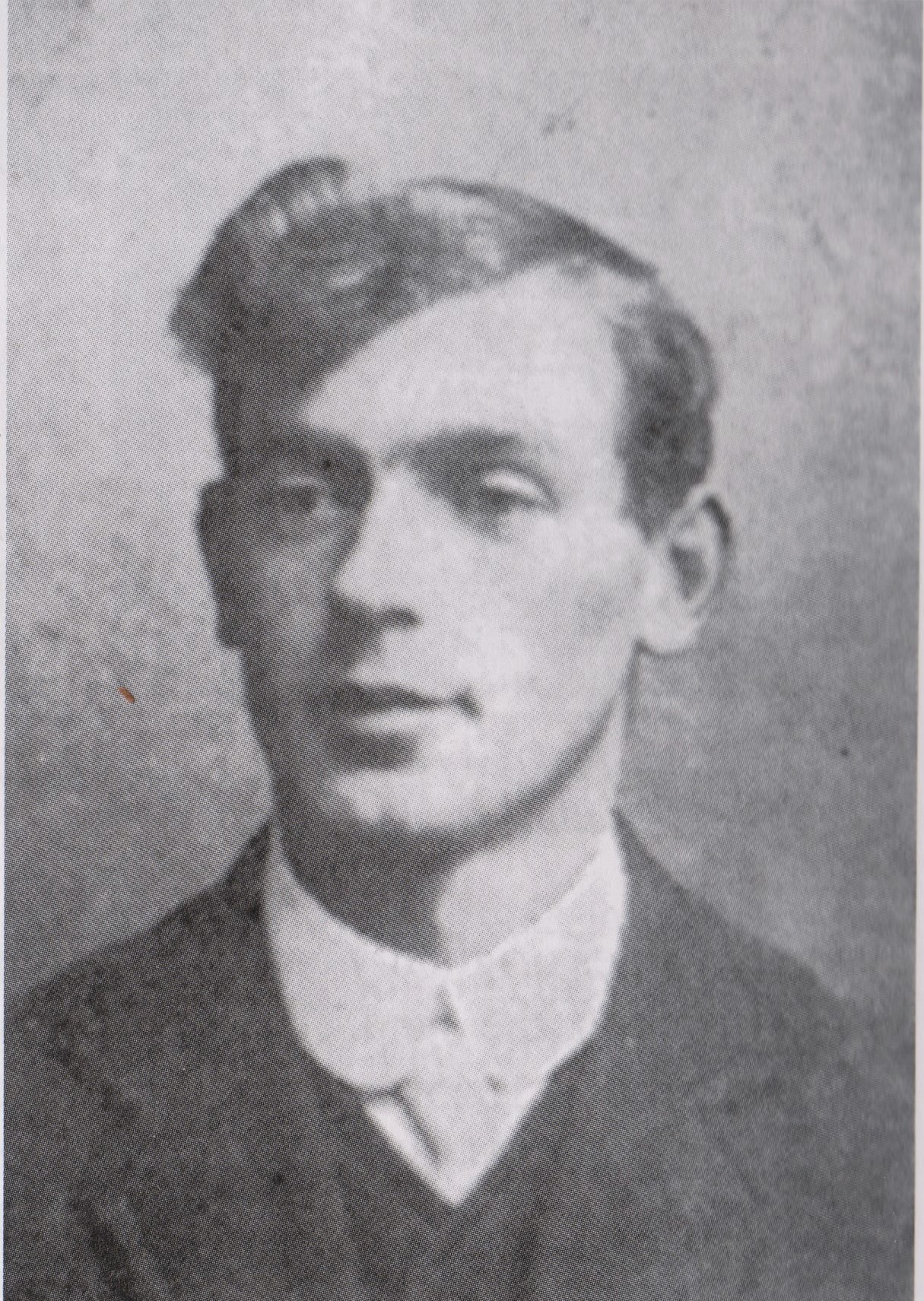
Edmund was born around 1885. Little is known of Edmund’s early life. In 1901 the sixteen year old Edmund was living at Park House, the Gayle home of a local solicitor called Simon Willan. Edmund worked there as an office boy. By the beginning of the war Edmund was married to Agnes Waggett and had a son, William, and a daughter, Nora. By then Edmund was employed in helping to run Strands Farm at Simonstone near Hardraw.
Edmund enlisted at Leyburn joining the 9th Battalion Yorkshire Regiment. Private Edmund Staveley was killed on the 9th June 1917 during The Battle of Messines. He was 32 years old. He is buried in the Military Cemetery at Poperinge. Edmund’s brother, Lister, had already been killed the previous year during the Somme offensive.
Explore more memories from the ribbon
-
German prisoners of war
The site of Richmond Camp as it was first called was suggested by Robert Baden Powell while he was based at Richmond Castle as Inspector-General of Cavalry. The name quickly changed to Catterick Camp in order to avoid confusion with Richmond in Surrey. The Camp’s first troops occupied the area for training in 1915. Major-General Michael Frederick Rimington was the officer in charge. In 1915 the decision was made to expand the training camp. A new prisoner of war camp was established and eventually 5000 German prisoners of war were housed there. Initially German PoWs were not permitted to work and boredom became a major problem. The prisoners played sports and even set up an orchestra (with instruments they made themselves) to fill their time. A change of government policy meant that prisoners could be allowed out of the camp to work as labourers. As a result they were employed in constructing the road leading out of Richmond Station, via St. Martins and on to Catterick Camp (Rimington Road). Catterick Prisoner of War Camp became the administrative headquarters for all ‘working camps’ in the area. By the end of the war 89,937 prisoners who had served with the German army were interned in camps across the United Kingdom.
-
Arthur John Buchanan Richardson
Arthur John Buchanan Richardson Arthur was born in Guisborough North Yorkshire in the first quarter 1895. He was the eldest son of Colonel William Richardson, a solicitor of Guisborough and his wife Averil Mary, daughter of Arthur Buchannan, also a solicitor of Guisborough. Arthur entered Rugby Public School, Warwickshire, in 1909 and left in 1913. In August 1913 he entered as an Articled Clerk in the firm of Solicitors founded by his great grandfather and carried on by his grandfather. He received his Commission as a 2nd Lieutenant in the 4th Battalion, The Yorkshire Regiment in June, 1913, and went to camp with them in August, 1913. He was again in camp in August 1914, at Colwyn Bay, when War broke out. The Regiment was recalled into training at Darlington, when he was given the command and a new Company of Signallers. He next went with the Battalion to Newcastle on Tyne, on coastal defence. Arthur would not die leading his men over no-man’s-land or in some heroic fighting. He would die of meningitis, contracted on service, in his billet at Newcastle on 4th January 1915. Three months later, the Battalion went out to France. Arthur was just 19 years old. A local newspaper report, headed “Cleveland Mourns the Death of a Gallant Officer”, provides details of a military funeral at Guisborough Church attended by local dignitaries: ‘The coffin was borne by men of the 4th Battalion, with fellow Officers Colonel Bell, Captain Charlton and Lts Williams and Jervelund present….
-
L Cpl Thomas M Coates
Thomas was born around 1883 to George and Margaret Coates. George was a farm worker. By 1901 the family was living at Marsett in Raydaleside where Thomas and his two brothers, George and Albert were born. The children attended Stalling Busk School. On leaving school Thomas worked in the Council Offices in Hawes. Thomas enlisted on the 6th October 1915 joining the 4th Battalion Yorkshire Regiment. Thomas would gain the rank of Lance Corporal. On the 26th September 1916 during the latter part of the Somme offensive Thomas won the Military Medal for bravery in the field. However, he was severely wounded. On an attack of a German trench a soldier threw a stick bomb which exploded at Thomas’s feet whereby he received serious wounds to his leg and face. Despite this he still managed to dispatch the German soldier with his bayonet and in doing so saved a colleague. Thomas spent 11 weeks at a hospital at Rouen where he underwent four operations. Two more operations followed in England before he was discharged from the Army on the 14th July 1917. Thomas eventually went back to his old job until he married Elizabeth Watson in 1921. They then went to live at The Heugh, a large isolated house above Nappa Scar near Settle in the Yorkshire Dales. They ran it as a guest house, and it was here that their two daughters, Margaret and Mary, were born. On the 21st January 1925, after only three day’s illness, Thomas died…
